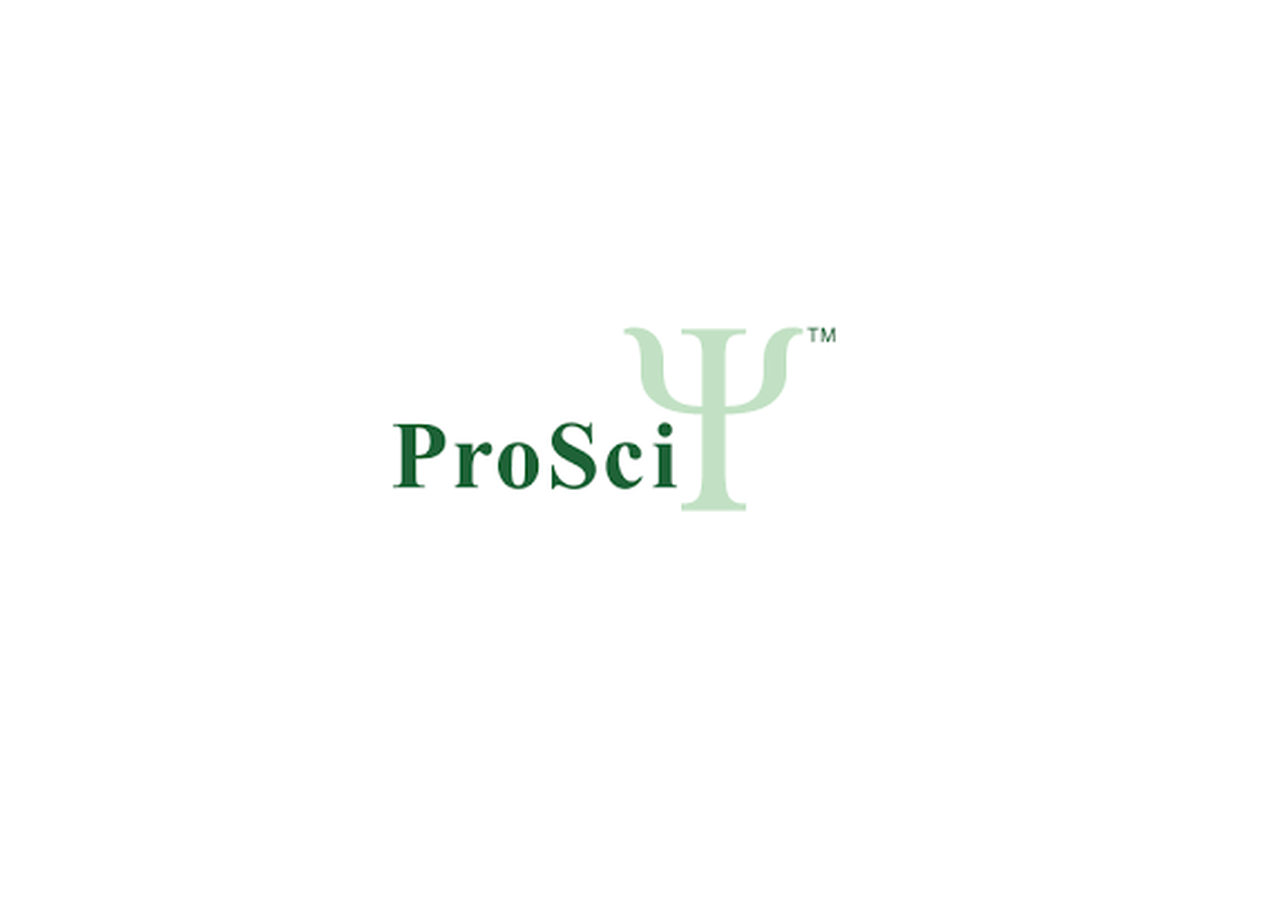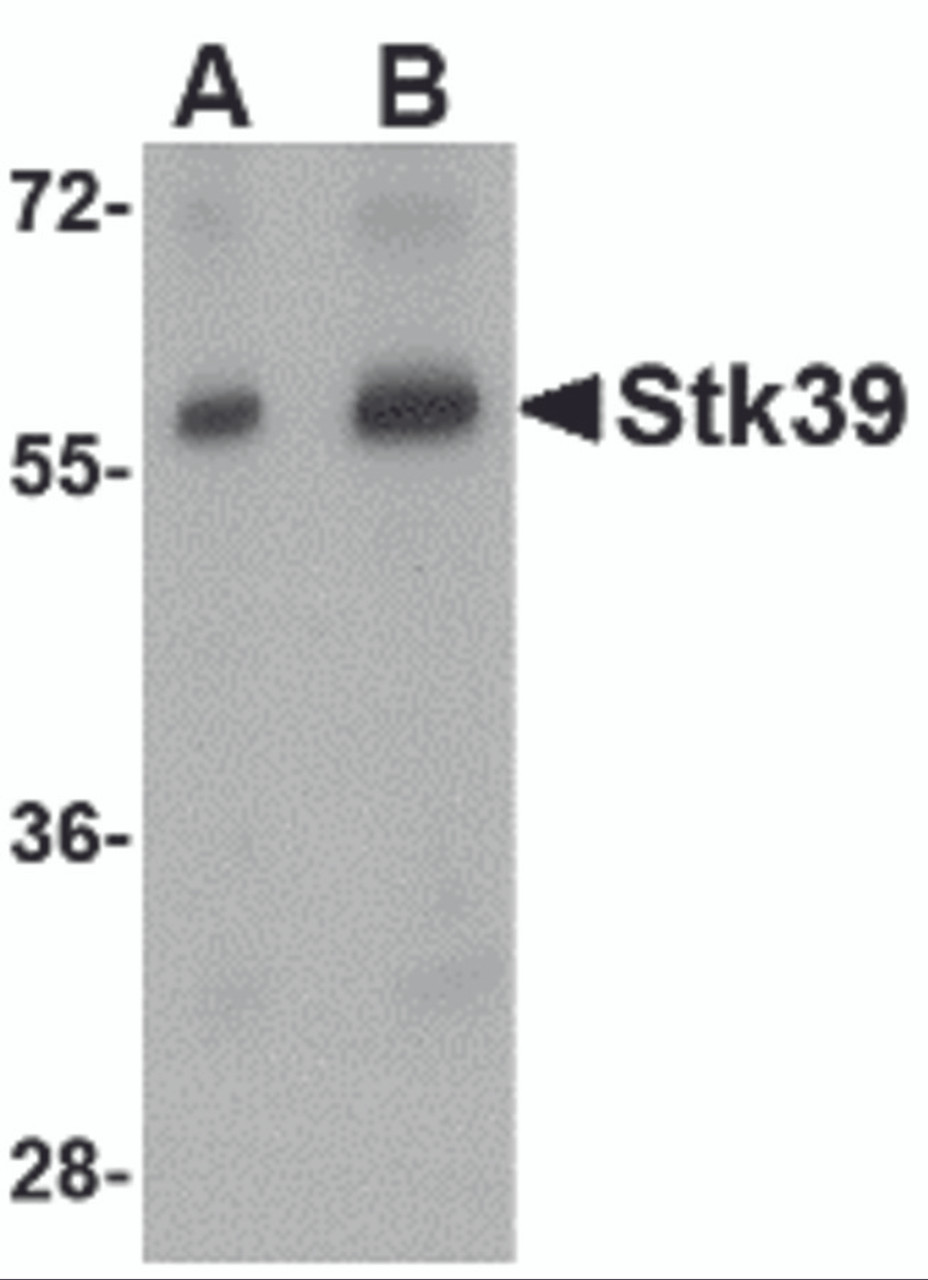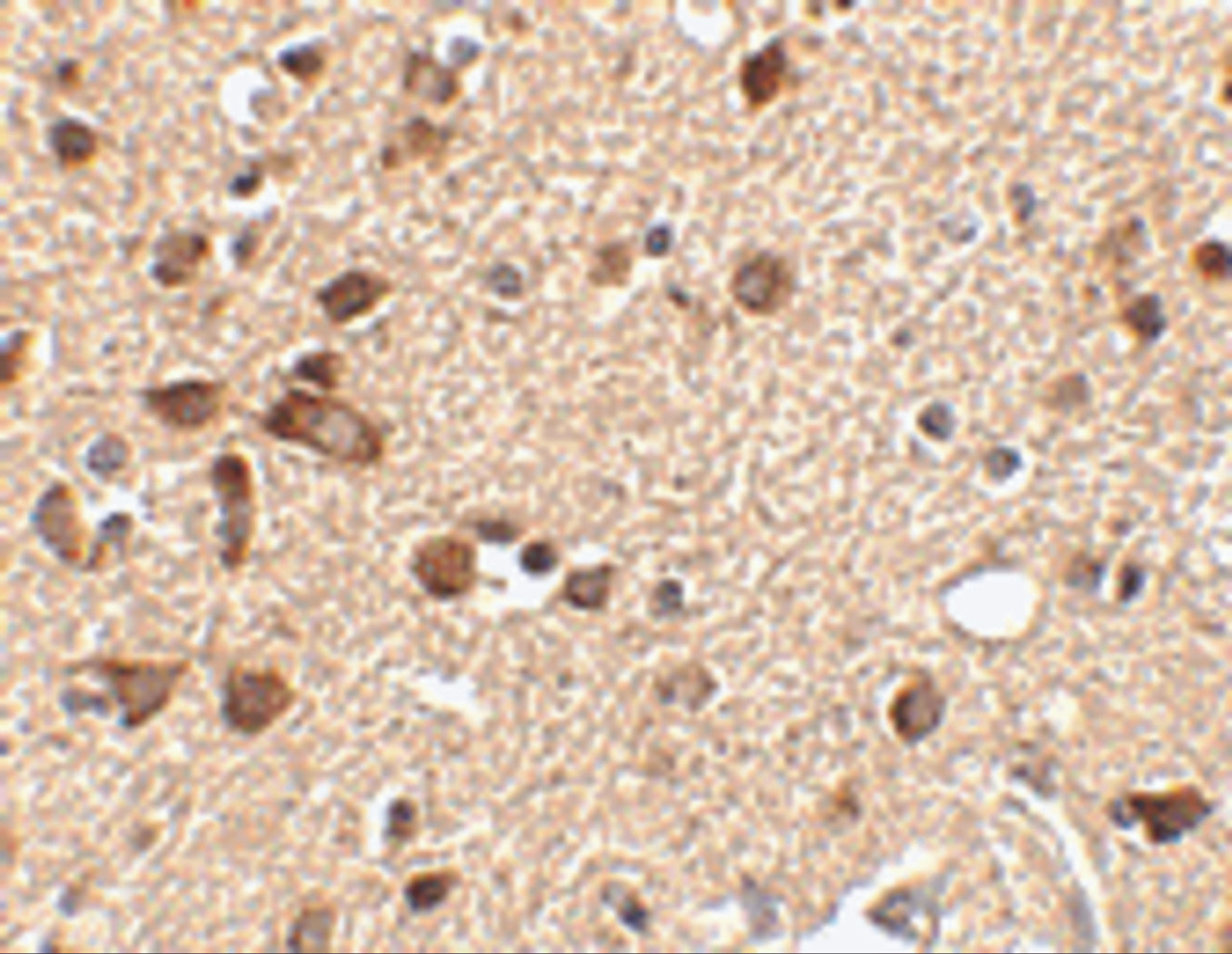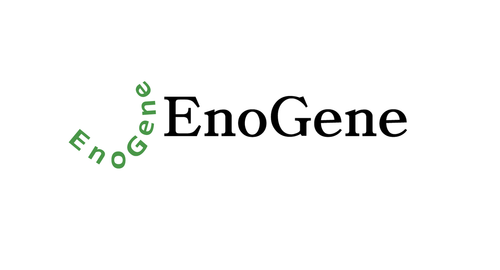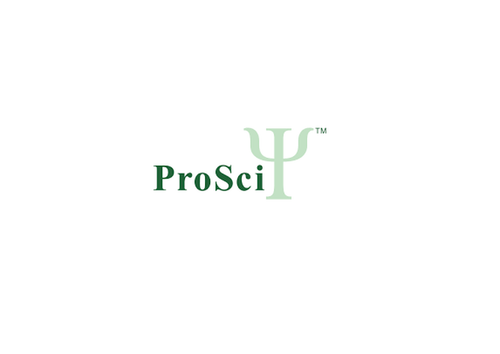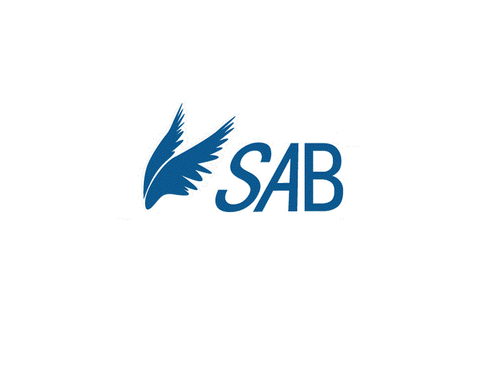Product Description
Stk39 Antibody | 4867 | ProSci
Host: Rabbit
Reactivity: Human, Mouse, Rat
Homology: Predicted species reactivity based on immunogen sequence: Pig: (89%)
Immunogen: Stk39 antibody was raised against a 18 amino acid synthetic peptide from near the center of human Stk39.
The immunogen is located within amino acids 360 - 410 of Stk39.
Research Area: Signal Transduction
Tested Application: E, WB, IHC-P
Application: Stk39 antibody can be used for detection of Stk39 by Western blot at 1 - 2 μg/mL. Antibody can also be used for immunohistochemistry starting at 2.5 μg/mL.
Antibody validated: Western Blot in rat samples and Immunohistochemistry in human samples. All other applications and species not yet tested.
Specificiy: N/A
Positive Control 1: Cat. No. 1463 - Rat Brain Tissue Lysate
Positive Control 2: Cat. No. 10-301 - Human Brain Tissue Slide
Positive Control 3: N/A
Positive Control 4: N/A
Positive Control 5: N/A
Positive Control 6: N/A
Molecular Weight: N/A
Validation: N/A
Isoform: N/A
Purification: Stk39 Antibody is affinity chromatography purified via peptide column.
Clonality: Polyclonal
Clone: N/A
Isotype: IgG
Conjugate: Unconjugated
Physical State: Liquid
Buffer: Stk39 Antibody is supplied in PBS containing 0.02% sodium azide.
Concentration: 1 mg/mL
Storage Condition: Stk39 antibody can be stored at 4˚C for three months and -20˚C, stable for up to one year. As with all antibodies care should be taken to avoid repeated freeze thaw cycles. Antibodies should not be exposed to prolonged high temperatures.
Alternate Name: Stk39 Antibody: DCHT, PASK, SPAK, DCHT, Ste-20-related kinase
User Note: Optimal dilutions for each application to be determined by the researcher.
BACKGROUND: Stk39 Antibody: The serine/threonine kinase Stk39 belongs to the STE20 family, a group of kinases that are known to interact with inflammation-related kinases (such as p38, JNK, NKCC1, PKC-theta, WNK and MLCK) , and with transcription factor AP-1. The STE 20 family is involved in diverse biological phenomena, including cell differentiation, cell transformation/ proliferation, cytoskeleton rearrangement, and the regulation of ion transporters. STK39 contains an N-terminal series of proline and alanine repeats (PAPA box) , followed by a serine/threonine kinase catalytic domain and is abundantly expressed in the brain. STK39 is activated in response to hypotonic stress, leading to phosphorylation of several cation-chloride-coupled co-transporters. The catalytically active kinase specifically activates the p38 MAP kinase pathway, and its interaction with p38 decreases upon cellular stress, suggesting that this kinase may serve as an intermediate in the response to cellular stress. Recent studies show that STK39 tend to be a novel candidate gene for autism and hypertension.
 Euro
Euro
 USD
USD
 British Pound
British Pound
 NULL
NULL

